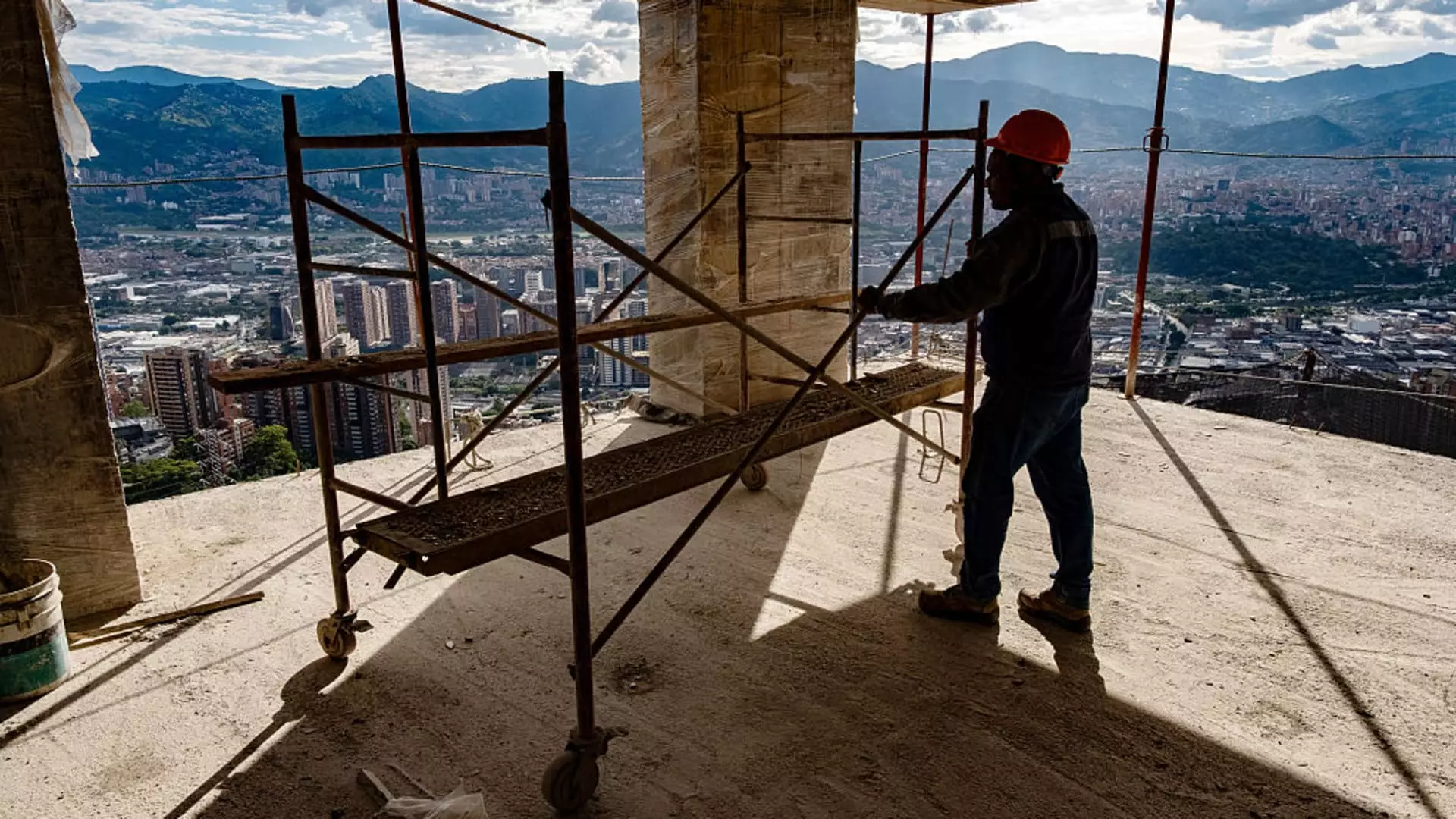For decades, the construction industry has stubbornly resisted technological transformation, clinging to traditional practices that hinder productivity and drive costs skyward. Unlike manufacturing or automotive sectors that embraced automation early on, construction remains one of the least digitized industries globally. This failure to modernize isn’t just a matter of inconvenience; it’s a systemic flaw that perpetuates inefficiency, escalates expenses, and worsens environmental waste. Leaders who dismiss technological adaptation do so at their peril, underestimating the cost of inaction. The industry contributes roughly $1 trillion in lost productivity annually, as highlighted by recent McKinsey research — a staggering figure that underscores the urgency for bold change.
The Consequences of Stagnation and the Human Cost
The industry’s deep-seated resistance to innovation manifests not only in financial setbacks but also in peril to worker safety and project integrity. Sarah Buchner’s personal journey reveals how tragic human cost is intertwined with technological inertia. Having risen from a construction worker overseeing billions in high-rise projects, her experience of loss — a fatality on site — left an indelible mark. Her subsequent pivot to tech underscores a bitter truth: neglected safety protocols and administrative chaos are often rooted in outdated workflows that modern tools could fix. Her creation of a safety and health app was a tangible response to these deficiencies. Now, with the advent of AI-powered solutions like Buchner’s Trunk Tools, there is hope for a radical shift that can streamline workflows, reduce errors, and safeguard lives.
The Power of Technology as a Catalyst for Change
The construction sector’s paralysis stems from a reluctance to invest in IT, with companies allocating less than 1% of revenues to digital solutions—an astonishingly low figure compared to other industries. This underinvestment hampers the ability to harness modern innovations such as artificial intelligence, Machine Learning, and digital documentation management. These tools are no longer optional; they are essential for surmounting industry-specific challenges like the labyrinthine handling of millions of project documents that change daily. The pioneering work of startups such as Trunk Tools demonstrates how technology can decode unstructured data, identify risks, and ensure consistency across complex projects. For example, recounting the installation of an emergency exit, discrepancies in blueprints and electrical plans often lead to expensive errors and delays. AI-driven platforms can preemptively flag such conflicts, saving substantial costs and reducing environmental impacts caused by inefficient work.
The Strategic Imperative for Industry-Wide Modernization
Adopting cutting-edge digital tools is not merely advantageous; it is a strategic necessity for those who wish to remain competitive. By embracing AI and automation, construction firms can expedite project delivery, improve safety records, and significantly cut costs—all while contributing to environmental sustainability. The recent influx of funding into innovative startups signals a recognition that industry transformation is possible and financially lucrative. When companies invest in these technologies, they redefine project management, labor allocation, and resource efficiency on a scale that echoes the transformation seen in manufacturing during the late 20th century. The long-term benefits extend beyond profits, fostering a resilient industry capable of adapting swiftly to economic and environmental pressures. Resistance to change, rooted in tradition or fear of upfront costs, is a perilous stance that will only deepen industry disadvantages in the global marketplace.
Embracing the Future with Caution and Confidence
For the industry’s core stakeholders—be it private developers, public agencies, or large-scale contractors—the message is clear: avoiding modernization is an untenable strategy. Strategic investment in digital infrastructure and innovative startups like Trunk Tools signals a shift from reactive firefighting towards proactive optimization. While the transition will inevitably encounter hurdles such as skill gaps and initial costs, the alternative—continued inefficiency and environmental waste—is far more damaging. Forward-thinking entities that leverage AI-enabled solutions now will be the ones shaping the industry’s future, achieving profitability, safety, and sustainability at unprecedented levels. In the end, construction’s digital renaissance is not a matter of “if” but “when,” and the sooner industry leaders acknowledge this, the sooner they will secure a competitive edge in a rapidly evolving world.

